April 19 is just another day for many people. But for countless yachting enthusiasts in the Kingdom, this day has a special significance: it was just over 50 years ago on 19 April 1966 that the King of Thailand made his historic trans-Gulf crossing in the solo OK sailing dinghy, the “Vega”.
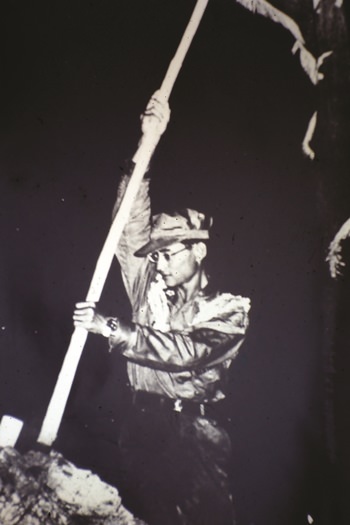
Leaving the beach in front of the Klai Kangwon Palace at Hua Hin in the pre-dawn darkness His Majesty sailed across the Gulf to the Thai Navy base at Toey Harbour in Sattahip, beaching again in darkness, some 16 hours and 60 nautical miles later.
A sailor only needs one hour on a small dinghy, pitching and bucking, fighting every wave and hanging over the side to keep it from capsizing, to understand the sheer skill, stamina and determination His Majesty displayed in that momentous trans-Gulf crossing.
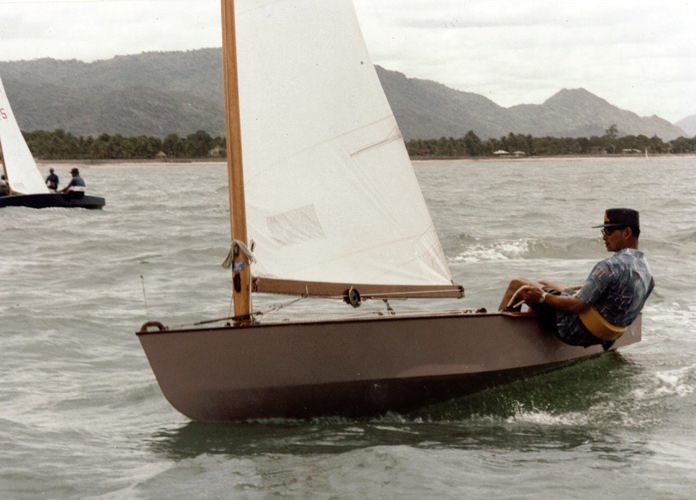
Still energetic after the event, the King then proceeded to look around the base as though he had just arrived by air-conditioned car, although there was, of course a sort of air-conditioning on the “Vega” if you like – a 15-knot south-westerly monsoon blowing all day. The Royal Thai Navy had constructed a monument to mark the King’s accomplishment and His Majesty proceeded to plant a flag atop the structure, “signing” it with a chisel into the rock-face.
At the time, the crossing was regarded as the longest single-handed journey in an open-dinghy, out of sight of land. It was this example that spawned a number of round-the-world single-handed races. It also inspired two teen-aged girls, a Dutch and an Australian who sailed around the world alone, in the past few years, even in the murderous Southern Ocean and around Cape Horn: some 400 days – and nights, of course – all alone, at the mercy of the vagaries of the ocean.
Their stories made me head for my easy chair and start reading a simple book. That was enough adventure for this converted “landlubber”.
Three others accompanied the King on the crossing, sailing their own boats. One of them was, of course, Prince Bhisadej. As he groaned up the beach at Sattahip, Bhisadej’s great fear was that the King would summon him to sail the return leg the following day.
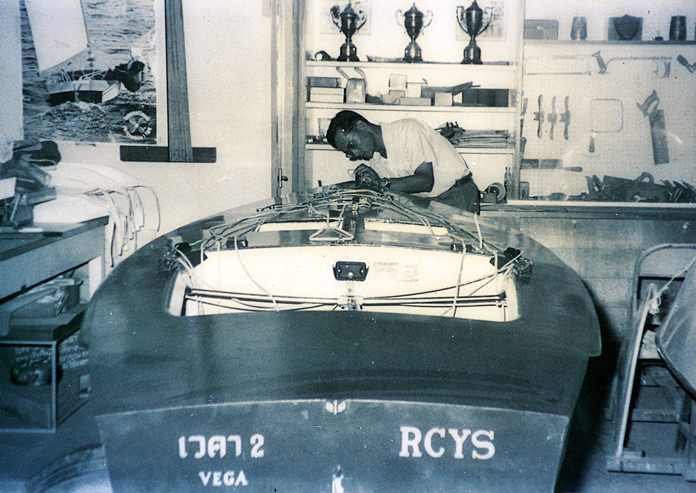
But his fears were unfounded for the “return” leg did not really take place until some four years later. After the crossing, His Majesty gave the rudder of the Vega to the Yacht Racing Association of Thailand, the national authority, as the trophy for an annual trans-Gulf race from Sattahip to Hua Hin.
That marked the beginning of the Vega Rudder race and the “return,” from Sattahip to Hua Hin, was sailed in 1970. The inaugural trans-Gulf race was won by Rachot Kanjanavanit.
In that torrid race, the slower craft started at 3.00 a.m., to beach, finally, in front of the Klai Kangwol Palace at around 9:00 in the evening. Those who could still walk, after about twenty hours on the same tack across the Gulf, went up to the Palace to be greeted by the monarch.
The trans-Gulf crossing was changed to a race that generally kept the fleet in sight of the eastern shore of the Gulf, each year sailing a different course set by the Yacht Racing Association of Thailand. Now, the “Vega Ruder Race” is an integral part of the Royal Thai Navy/Yacht Racing Association of Thailand’s annual Hua Hin Regatta. Many from the Eastern Seaboard sail across to participate. But the vessels used now are an entirely different “breed” to the open OK dinghy of the King. In fact, some of these super-fast fibreglass catamarans can sail over the Gulf in four hours or less!
A return to sailing
Towards the end of 1960, His Majesty was unable to sail, for affairs of state and his dedication to the Thai people were initiatives that occupied him totally. Then in early 1970, it was most assuring for the country to see His Majesty robust and vigorous and heading for the beach. Thus it was a joyous day when the King’s OK dinghy was drawn up on the Hua Hin beach once more, rigged and ready for the Royal helmsman.
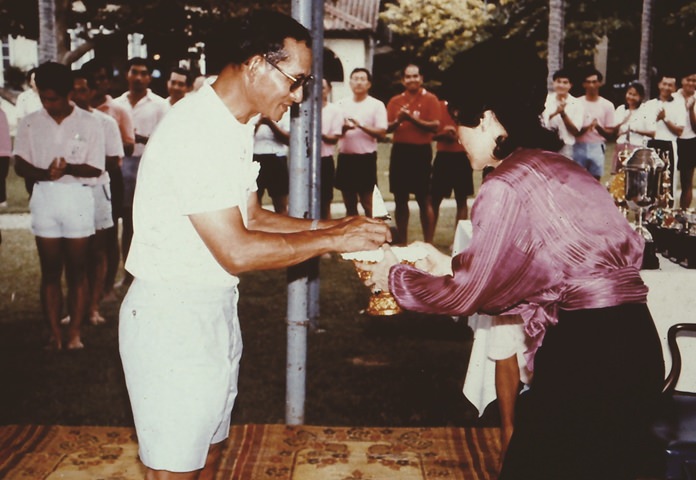
For the yachting fraternity, it was, of course, the best news of the decade. It had been well over 10 years since the King had entered competitive dinghy racing. Although he never did entirely abandon his beloved sport, it was only after this hiatus that he had taken any time to relax at the helm of “Vega II.”
“Back in the saddle”, so to speak, with the King’s “return to the sea”, his team from the Chitrlada Yacht Squadron renewed the long-dormant rivalry with the Royal Thai Navy sailors. More regattas eventuated and one, in particular, was memorable.
It was the south-westerly Monsoon season, with turbulent seas, strong storms and unpredictable conditions. His Majesty showed that his absence from sailing for a decade had not diminished his skills. Sailing his OK dinghy, he registered a great victory, while finishing second behind the King was Pol. Maj. Gen. Praphatpao Panyachiwa and in third-place was Capt. Vatinna Puengprakiat.
The action opened with some 80 OK dinghies battling high waves, strong winds and front-line squalls. The King was “first across”, to use a nautical term, and his team won, the Royal Chitrlada Squadron beating the Royal Thai Navy team quite convincingly. The conditions were tough but all sailors enjoyed a fine day’s sailing. The day’s action was followed by a colourful awards ceremony at the hall of the Klai Kangwol Palace.
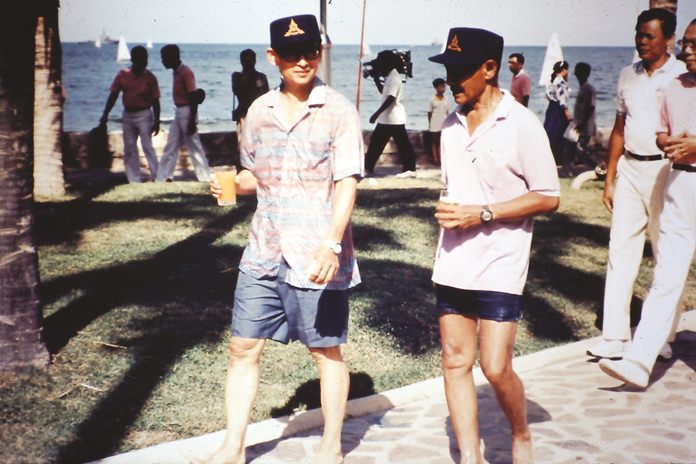
On the next day, the dinghies, with the King heading the fleet, sailed to the Royal Gardens village for lunch. The fleet raced back, competing for Her Majesty the Queen’s Trophy. Who won it? The King of course. It was almost a flash-back to the Gold Medal Awards presentation at the SEAP Games in 1967, when Her Majesty presented the winners’ awards to the King and their daughter, Princess Ubolratana.
Note: In next week’s issue: Sailing with his Majesty the King.




